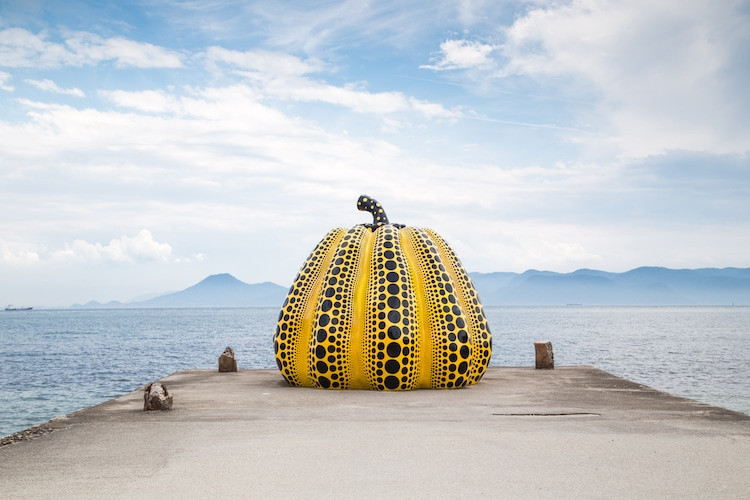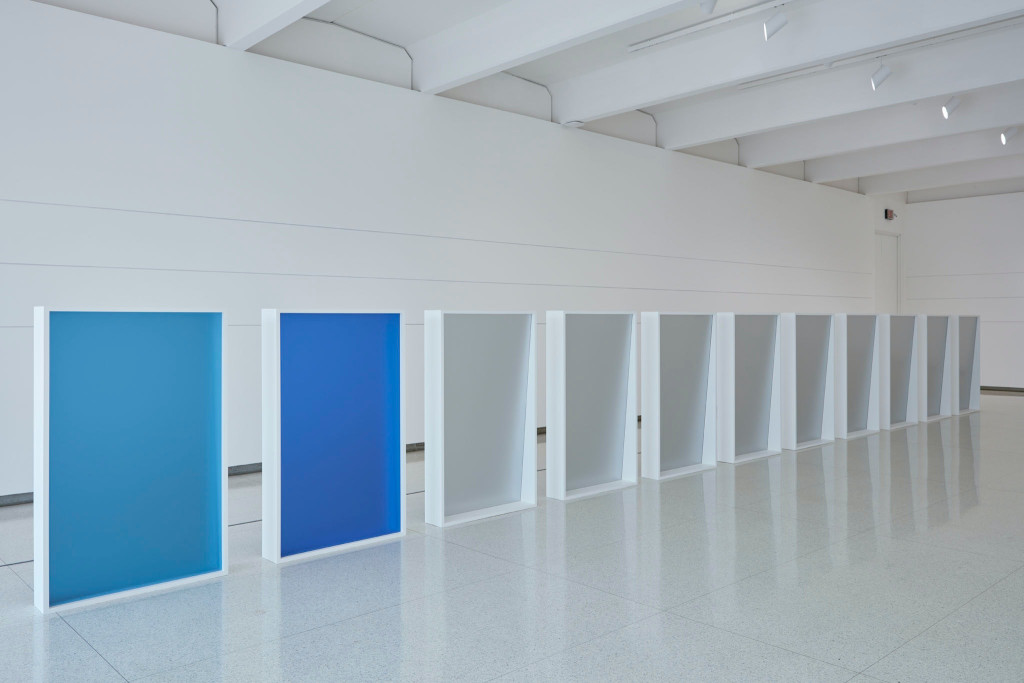
It reflects our ever changing culture and has the ability to alter society's values. Moreover, art brings meaning into people's lives and helps preserve the world's culture and societies.It is a manifestation of society and a reflection of people's intricate identities.
Contemporary art is the art of today, produced in the second half of the 20th century or in the 21st century. Contemporary artists work in a globally influenced, culturally diverse, and technologically advancing world. Their art is a dynamic combination of materials, methods, concepts, and subjects that continue the challenging of boundaries that was already well underway in the 20th century. Diverse and eclectic, contemporary art as a whole is distinguished by the very lack of a uniform, organising principle, ideology, or "-ism". Contemporary art is part of a cultural dialogue that concerns larger contextual frameworks such as personal and cultural identity, family, community, and nationality.

View of the exhibition Liz Deschenes: Gallery 7, 2014
The focus of Modernism is self-referential. Impressionism looks at our perception of a moment through light and color, as opposed to the attempt to reflect stark reality in Realism. Contemporary art, on the other hand, does not have one, single objective or point of view, so it can be contradictory and open-ended. There are nonetheless several common themes that have appeared in contemporary works, such as identity politics, the body, globalization and migration, technology, contemporary society and culture, time and memory, and institutional and political critique.
Crypto art, which takes advantage of blockchain technology, has been picking up steam since 2020. With digital artist Beeple making a landmark $69 million sale at Christie‘s with his NFT collage, more artists and fine art institutions are seeing the possibilities in this form of art. Crypto art is allowing digital artists to monetize work that may have been previously difficult to sell. The boom in NFT art is allowing artists who create ephemeral pieces— whether installations, performances, or murals—to be compensated and collected in a manner that was previously unheard of.
